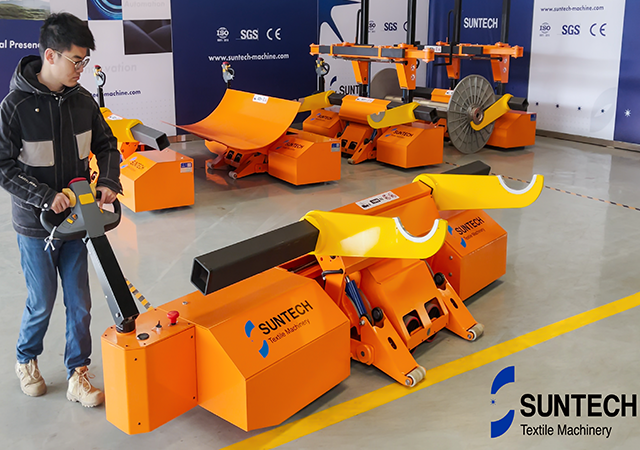In today's industrial landscape, the efficient movement, storage, and control of materials are paramount for success. Material handling equipment plays a pivotal role in achieving these goals, revolutionizing industries across the globe.
Understanding Material Handling Equipment
Material handling equipment encompasses a broad spectrum of machinery, from simple conveyor belts to sophisticated industrial robots. This equipment facilitates the seamless handling of materials, optimizing processes in various sectors such as automotive, logistics, food & beverage, and construction.
Market Dynamics and Growth Projections
The material handling equipment market has experienced substantial growth, with projections indicating further expansion. Valued at approximately $30 billion in 2017, the market is expected to reach $45 billion by 2025, with a compound annual growth rate (CAGR) of 5%. This growth is attributed to the increasing demand for efficient material handling solutions in diverse industries.
End-User Insights
The automotive industry stands as a primary consumer of material handling equipment, utilizing it for assembly line operations, parts conveying, and vehicle loading/unloading. Similarly, the logistics sector, driven by the rise of e-commerce, heavily relies on material handling equipment for timely and efficient goods delivery.
Types and Trends in Material Handling Equipment
Various types of material handling equipment cater to specific operational needs. Forklifts, cranes, conveyors, and automated systems are among the commonly utilized tools. Recent trends in the industry focus on automation, flexibility, safety, and sustainability.

Automation: Manufacturers are integrating automated features such as robotics and sensors to enhance productivity and efficiency.
Flexibility: Modular systems are gaining popularity, offering quick reconfiguration to adapt to changing operational requirements.
Safety: Emphasis is placed on safety features like collision avoidance systems and lift-assist devices to mitigate workplace hazards.
Sustainability: Responding to environmental concerns, manufacturers are developing eco-friendly products made from recycled materials or designed for reuse/recycling.
Advantages of Material Handling Equipment Utilization
The adoption of material handling equipment yields numerous benefits for businesses. Enhanced worker productivity, achieved through faster and more efficient material handling, directly translates to increased profitability. Moreover, improved worker safety reduces injuries and absences, contributing to a healthier and more productive workforce.
SUNTECH: Leading the Innovation in Material Handling Solutions
SUNTECH Textile Machinery, a globally renowned enterprise with over 50 years of innovation in textile machinery and material handling equipment manufacturing, offers cutting-edge solutions tailored to industry needs. From visual inspection system to motorized beam trolley, SUNTECH's products exemplify quality and reliability.
Conclusion
In an era characterized by dynamic industrial demands, material handling equipment serves as a cornerstone for operational efficiency and success. By embracing innovative solutions and industry-leading providers like SUNTECH, businesses can navigate challenges and unlock new opportunities for growth.




